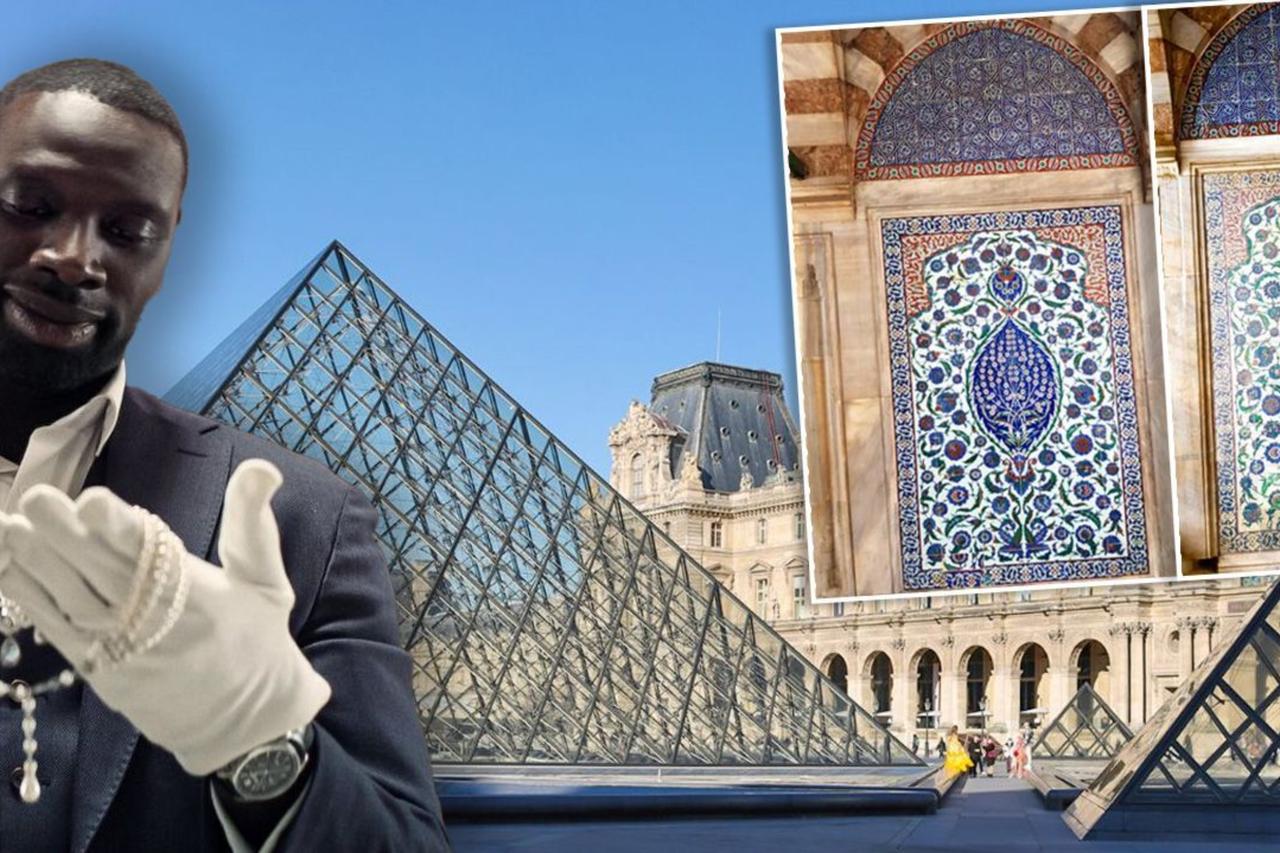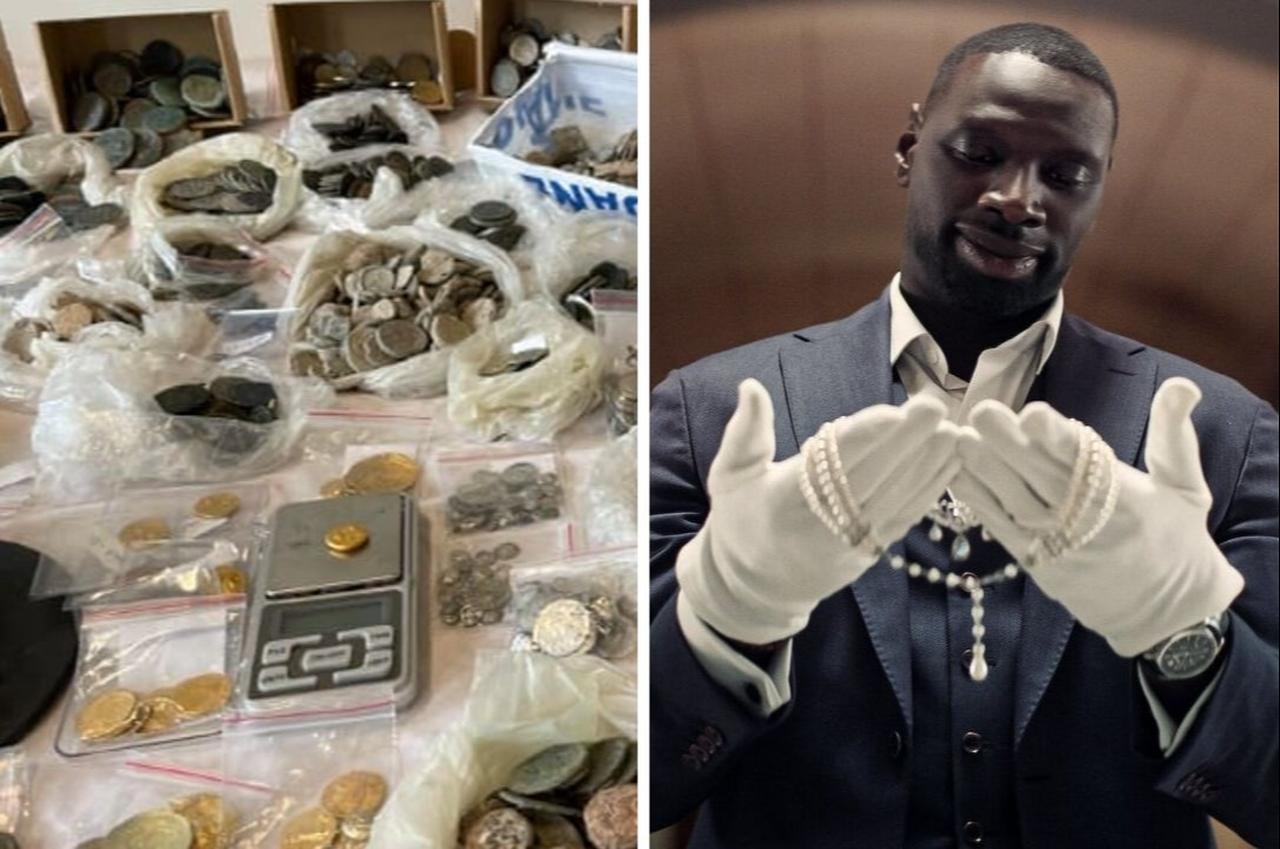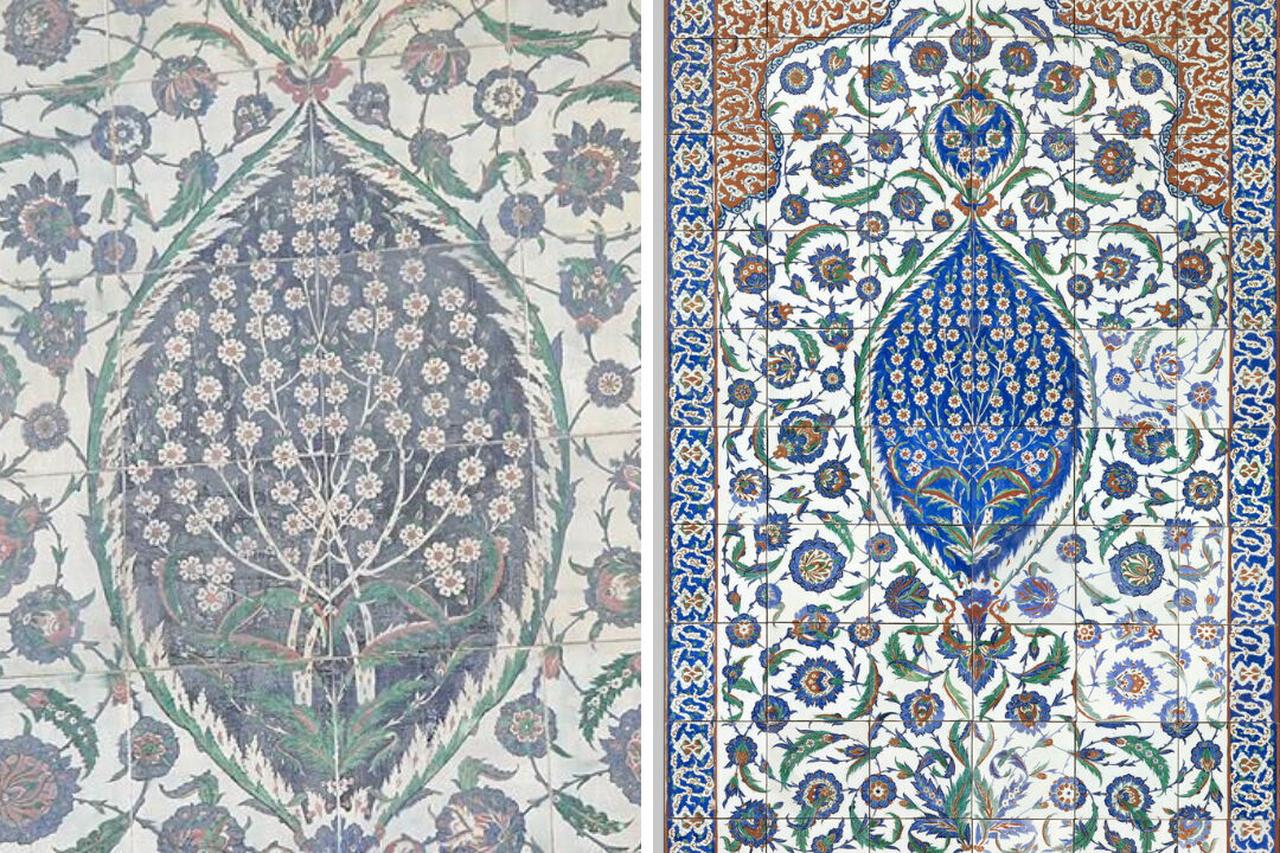
The world-famous Louvre Museum in Paris has once again captured global attention after a daring daytime heist.
Thieves entered the museum and escaped with invaluable jewels, reigniting long-standing debates about stolen artifacts—particularly those originating from the Ottoman Empire. On social media, many users drew attention to the museum’s collection of Iznik tiles, while others alleged that the Louvre’s vaults hold thousands of looted objects.
So, which Ottoman treasures actually lie within the Louvre’s walls?
In an interview with Türkiye daily last April, historian Ahmet Ucar explained, “Tiles from Anatolia—from Sivas to Bursa, Konya to Karaman—were smuggled to Europe. Although we cannot determine the exact number, we estimate that thousands of tiles were stolen.
The countries with the largest number of our historic tiles are Germany, England, and France.”
Recent decades have revealed numerous examples of cultural smuggling involving France. In 2019, it was announced that 8,659 artifacts smuggled into France would be returned to Türkiye.
The operation was carried out through cooperation between Türkiye’s Anti-Smuggling Department and French security forces.
In another case, French police discovered 8,597 Anatolian-origin coins inside a private home. Following the 2022 investigation, news of the artifacts’ return made headlines in 2024.

These repeated cases are not coincidental—France is home to one of the most active historical artifact markets in the world. Art theft has even become part of its popular culture, embodied by the fictional thief Arsène Lupin, whose legend inspired both novels and the Netflix series Lupin.
This week, France was shaken by another audacious robbery at the Louvre. Priceless jewels vanished in broad daylight, in what local media described as a “historic theft.”
Officials told Le Monde that the burglars struck in the museum’s Apollo Gallery: “Three or four people entered the exhibition hall and completed the robbery in just seven minutes. They climbed up using a crane-supported ladder through a window,” said Nunez, adding that the stolen pieces were “priceless in terms of France’s cultural heritage.”
The stolen items include:
President Emmanuel Macron vowed that “these artifacts will be recovered at all costs.”
The Louvre’s collection is one of the richest in the world, with 615,797 items in total—about 35,000 of which are on public display across eight departments. Another 482,943 pieces remain in storage but are accessible through the museum’s online database, which lists each object’s location, lending status, and exhibition details.
The collection spans from Ancient Egypt to Islamic art and European masterpieces—and includes several Ottoman works. Following the robbery, many social media users called the event “poetic justice,” reminding France of its colonial history and the artifacts it took from Africa and Asia.

The rise of the so-called Turquerie trend in Europe fueled demand for Ottoman art and Iznik ceramics, leading to widespread looting and smuggling. Many travelers and collectors took these treasures from Istanbul and Anatolia under the guise of restoration.
Among the Louvre’s best-known Ottoman pieces today are Iznik tiles. Between 1880 and 1889, French restorer Achille Alexis Sorlin Dorigny came to Istanbul, allegedly to repair monuments. Under this pretext, he obtained permission to “restore” the Blue Mosque and Hagia Sophia—but instead began removing tiles.
Dorigny later stripped an entire tile panel from Sultan Selim II’s Tomb and transported it to France. Between 1890 and 1892, these tiles were transferred to the Louvre Museum. Today, they remain on display in the Islamic Art Department. During the 2004–2005 restoration of the tomb, Turkish craftsmen recreated the missing panels with painted imitations—but the difference is striking: while the originals gleam vividly in the Louver, their replacements in the tomb have faded.
Ahmet Ucar explains, “Dorigny was recommended to the state by Suphi Pasha, father of Hamdullah Suphi Tanriover. He was assigned to restore the tombs of Sultan Selim II and Sultan Murad III in Hagia Sophia’s courtyard in 1883. Archives confirm this. But the result was disastrous. Under the guise of restoration, they removed the entrance panel and took it to France. Its replica was made in a French ceramics factory. After Dorigny’s death, his son sold the stolen tiles to the Louvre.”
French authorities often claim such artifacts were “purchased” or “donated,” but historians and researchers contest these explanations. Many argue that French troops looted numerous archaeological sites during World War I and other periods of occupation.
Based on past evidence, it is widely believed that the Louvre’s storage vaults still contain undisclosed Ottoman artifacts—particularly valuable gold and jewel-encrusted items that remain unregistered. For now, however, these claims remain unverified.